7. Audre Lorde, Writer, Feminist, Activist, and Librarian (1934–1992)
The erotic is the nurturer or nursemaid of all our deepest knowledge…. Recognizing the power of the erotic within our lives can give us the energy to pursue genuine change within our world, rather than merely settling for a shift of characters in the same weary drama. For not only do we touch our most profoundly creative source, but we do that which is female and self-affirming in the face of a racist, patriarchal, and anti-erotic society.
— Uses of the Erotic: The Erotic as Power
We are artists, creating within an uncertain future, a future that demands we draw from sacred sources. This requires us to nest within our community and to form webs that connect to inner meaning. The erotic can be our common cause, our ethos, our quiet power to build all forms of community. The erotic is not a form but a muse. By muse, I mean an animating spirit, not the trope of female objectification in service of male revelation.
We can explicitly name the erotic as our way to course correct the rational, the technocratic, the male, and the capitalist.
I can testify that my own skewed sense of responsibility and ego has allowed me to misstep, to lose sensitivity. But I, too, can course correct.
We can make technocracy servant to the erotic. I can see brothers and sisters in the field of theatre, embedded in institutions, too overwhelmed by deliverables to believe in a conscious shift toward the erotic. You could say “eroticism” is the process in what a facilitator may call our POP exercise (purpose/outcome/process), as long as it allows for slowness. As long as it includes an authentic learning and sharing of desires and longings from cell to cell throughout an ecology. How would it be to evaluate production by its eroticism? Those who scoff are haters and fear vulnerability.
We can interpret place as a mosaic of desire. This is not esoteric. From the practical to the spiritual, the erotic is the way our molecules meet. It’s what makes the cell walls porous. It’s the confluence of artistic practice, community, and our personal lives. Stacy Klein, founder of Double Edge Theatre, coined this phenomenon “living culture.” Being and becoming is the oft-overlooked heart of community wealth and engagement.
Having lived and made art in rural communities myself most of my life, I’ve borne witness to innate local cooperation and mutual aid that emerges erotically: Farmers who hayed fields for other farmers who had been suddenly hospitalized. The sewing club that made masks for all the children in the town during COVID. Farmers and tradespeople collaborating with Double Edge over many years, sharing knowledge, skills, and equipment—not to mention creativity and imagination. The ritualized celebration of seasons and sharing of harvests and traditions.
The biologist Andreas Weber calls this an “erotic ecology.”

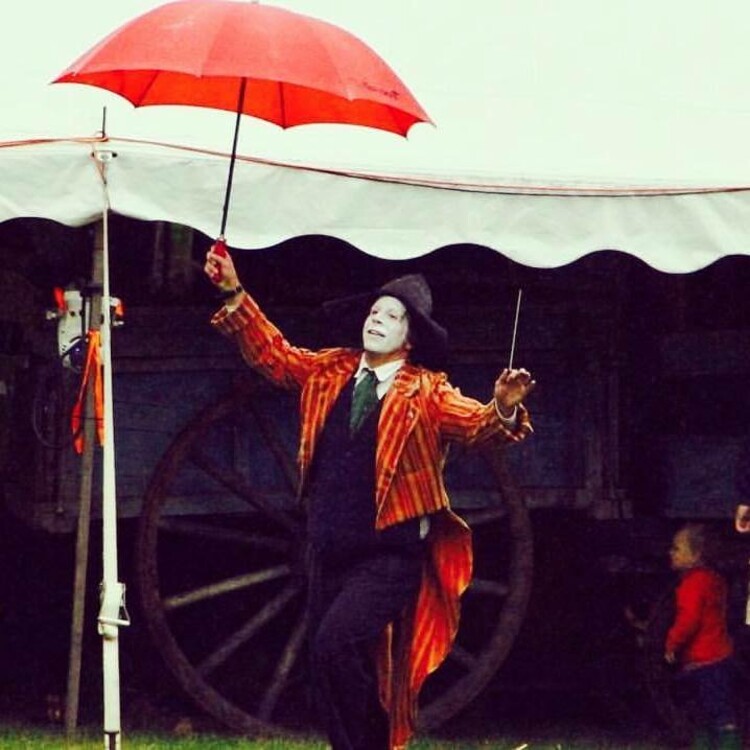
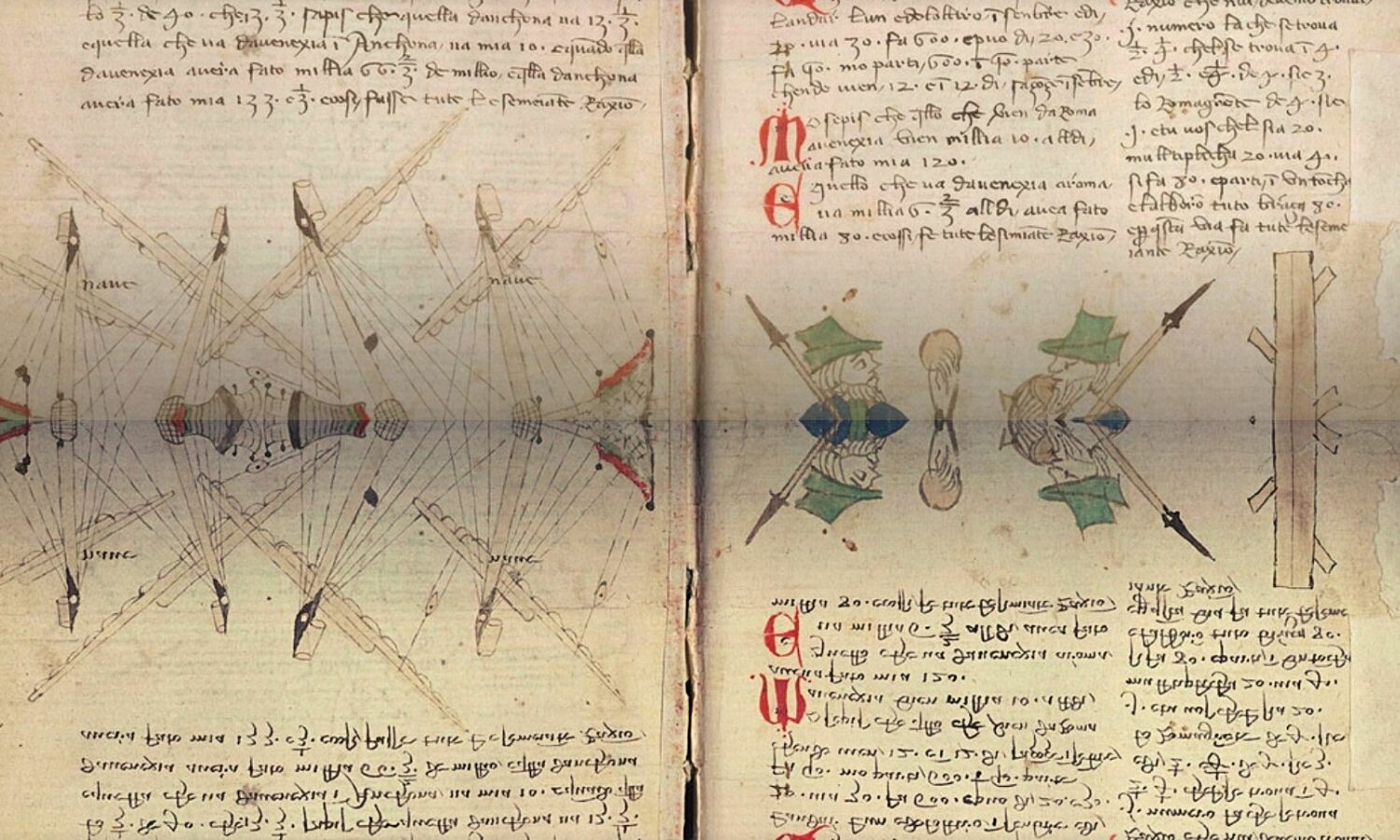
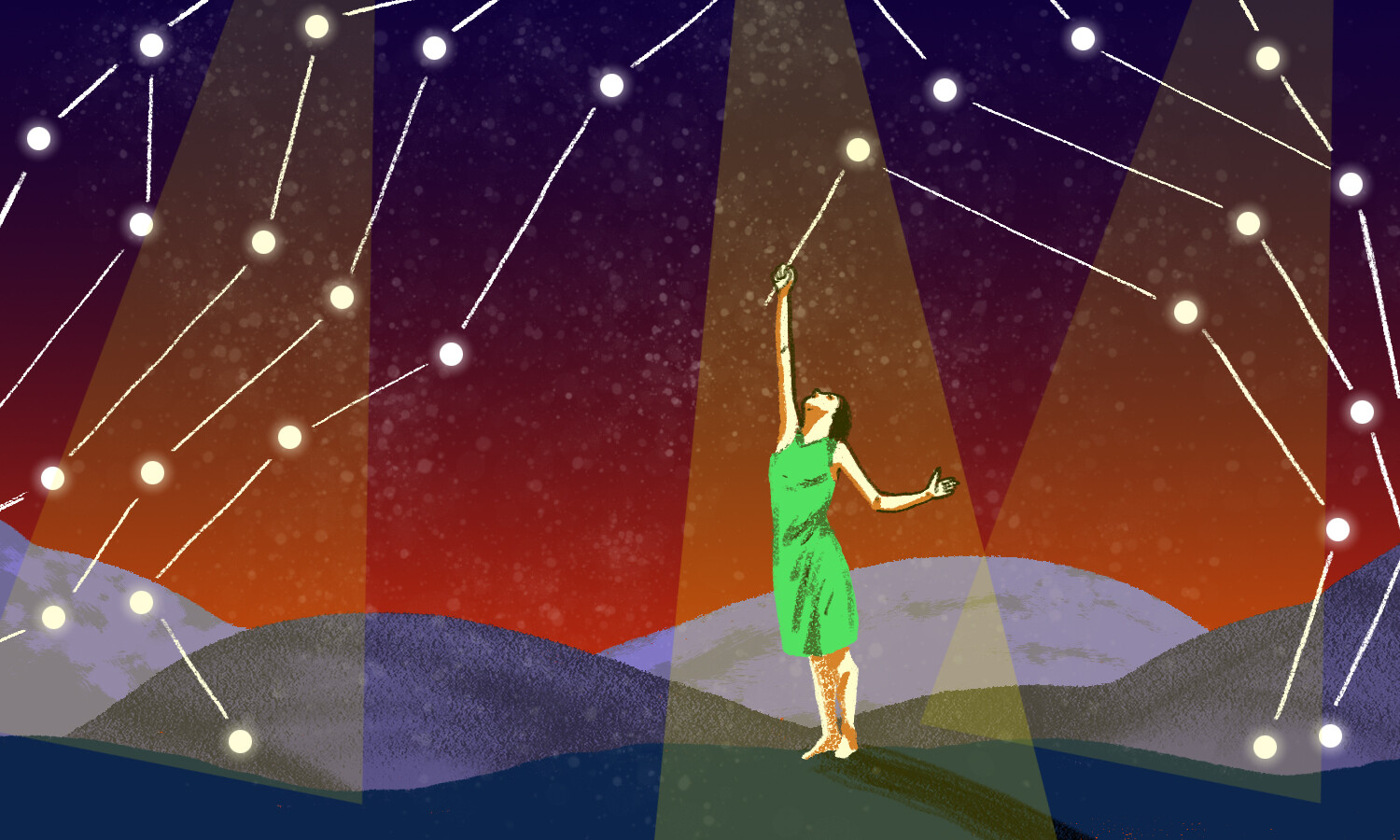
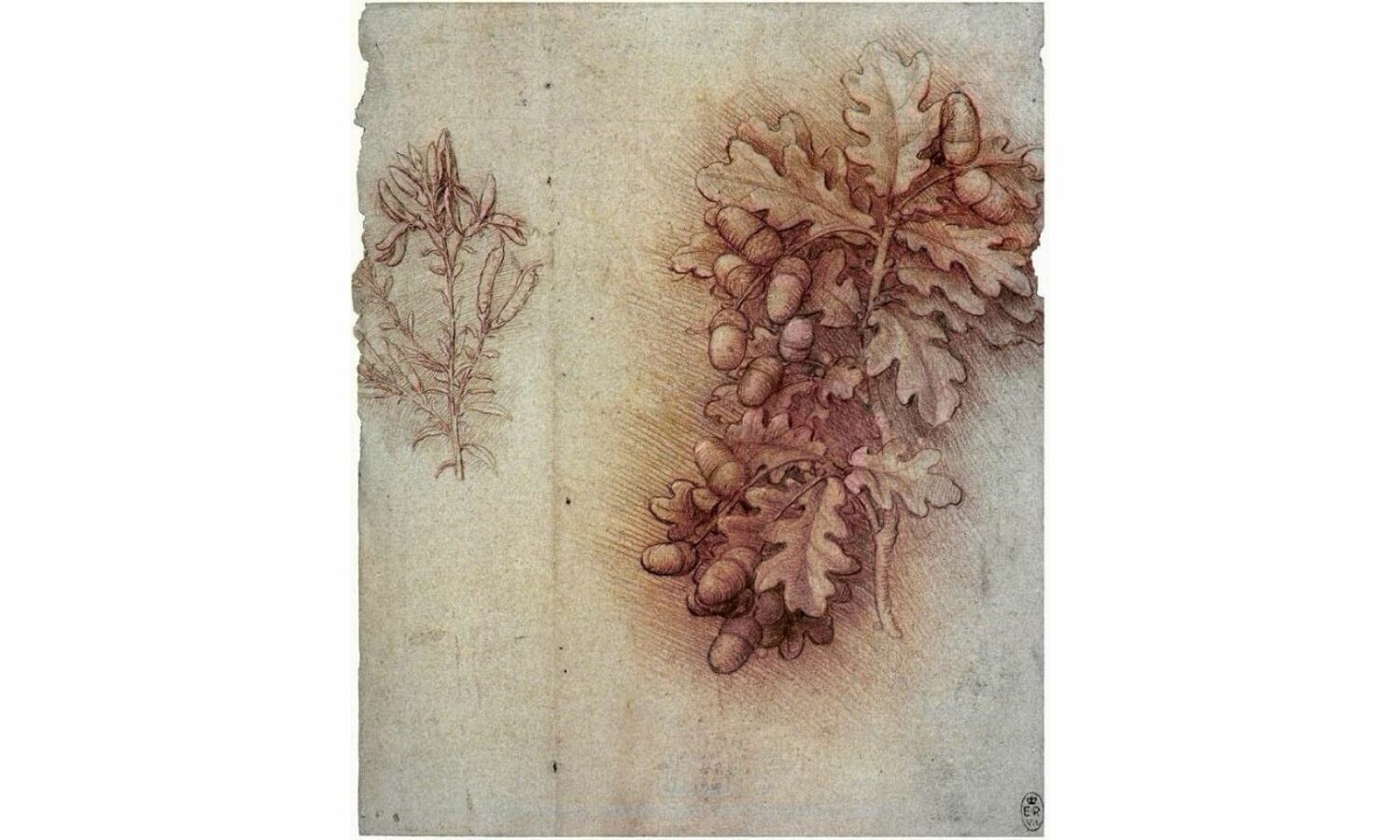
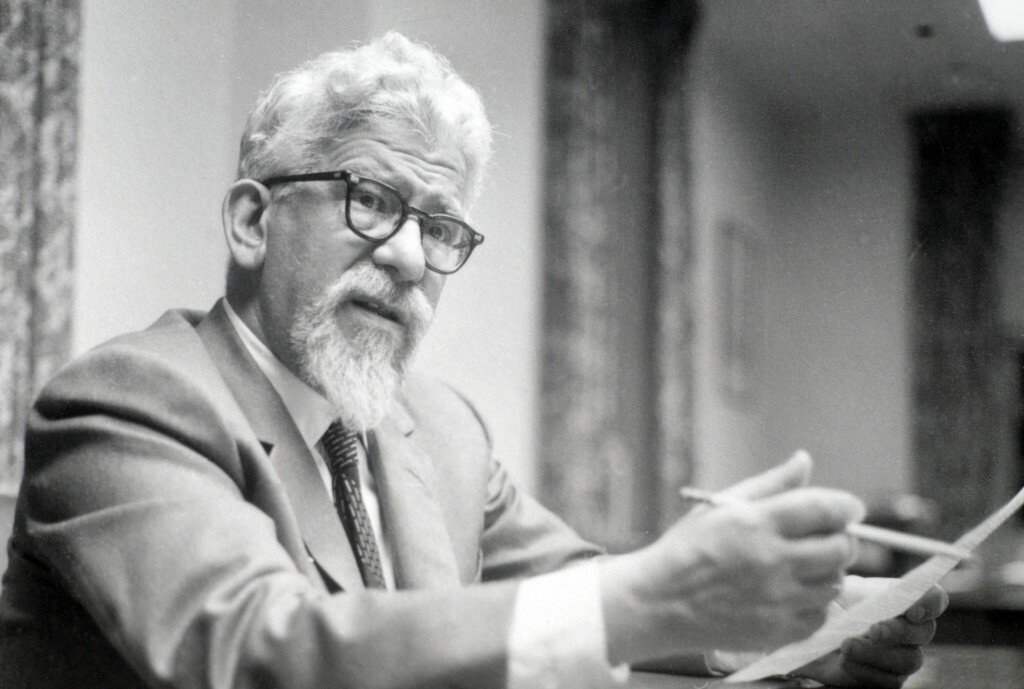
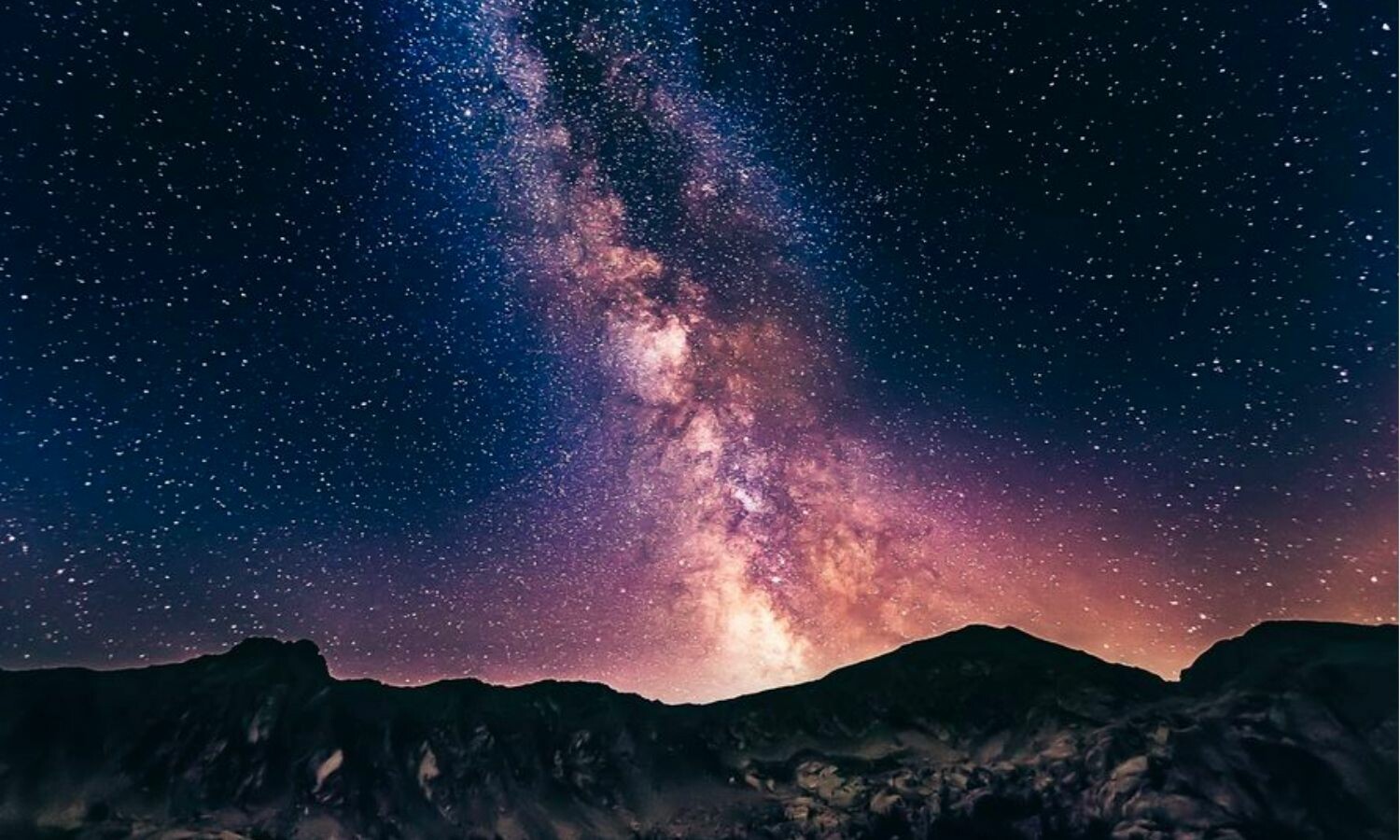
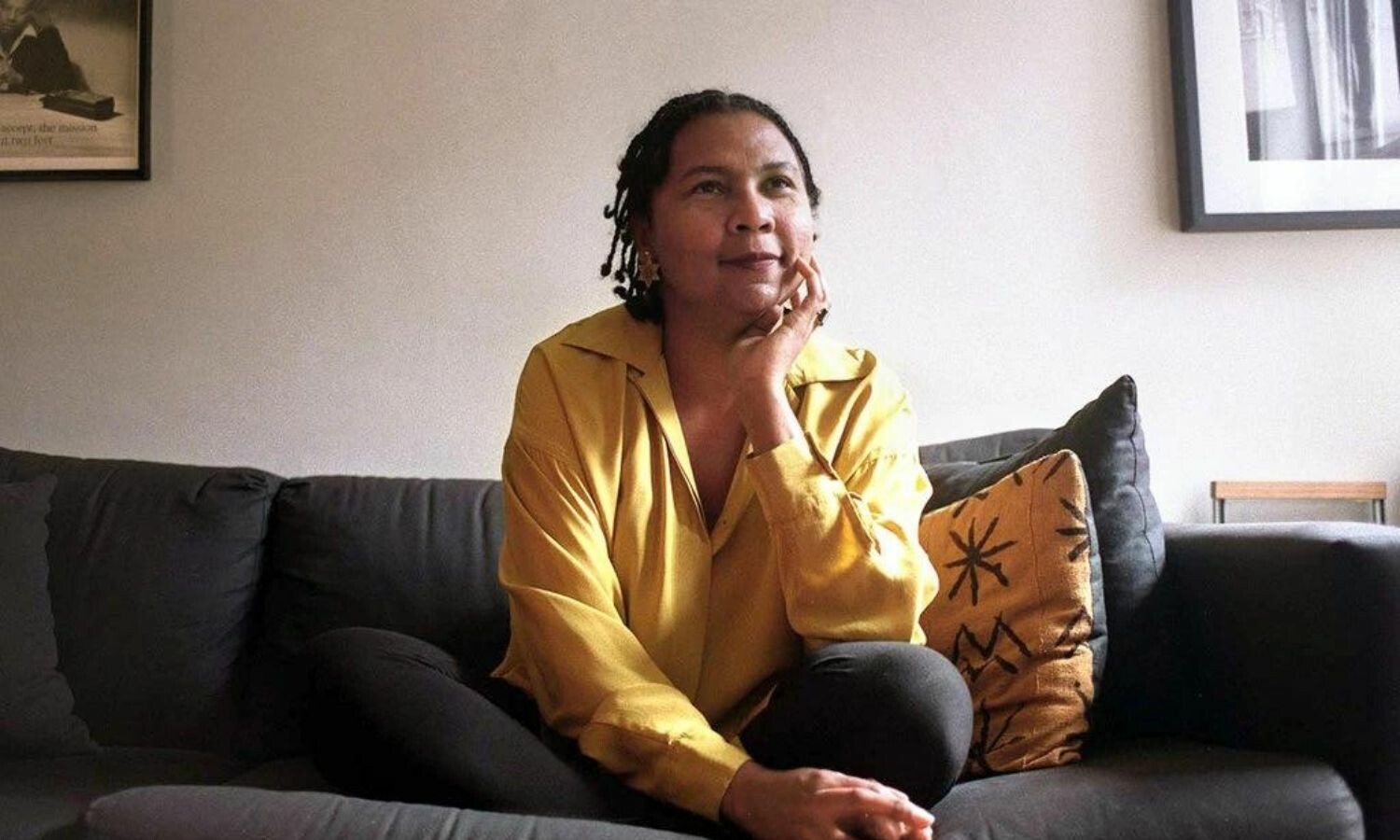

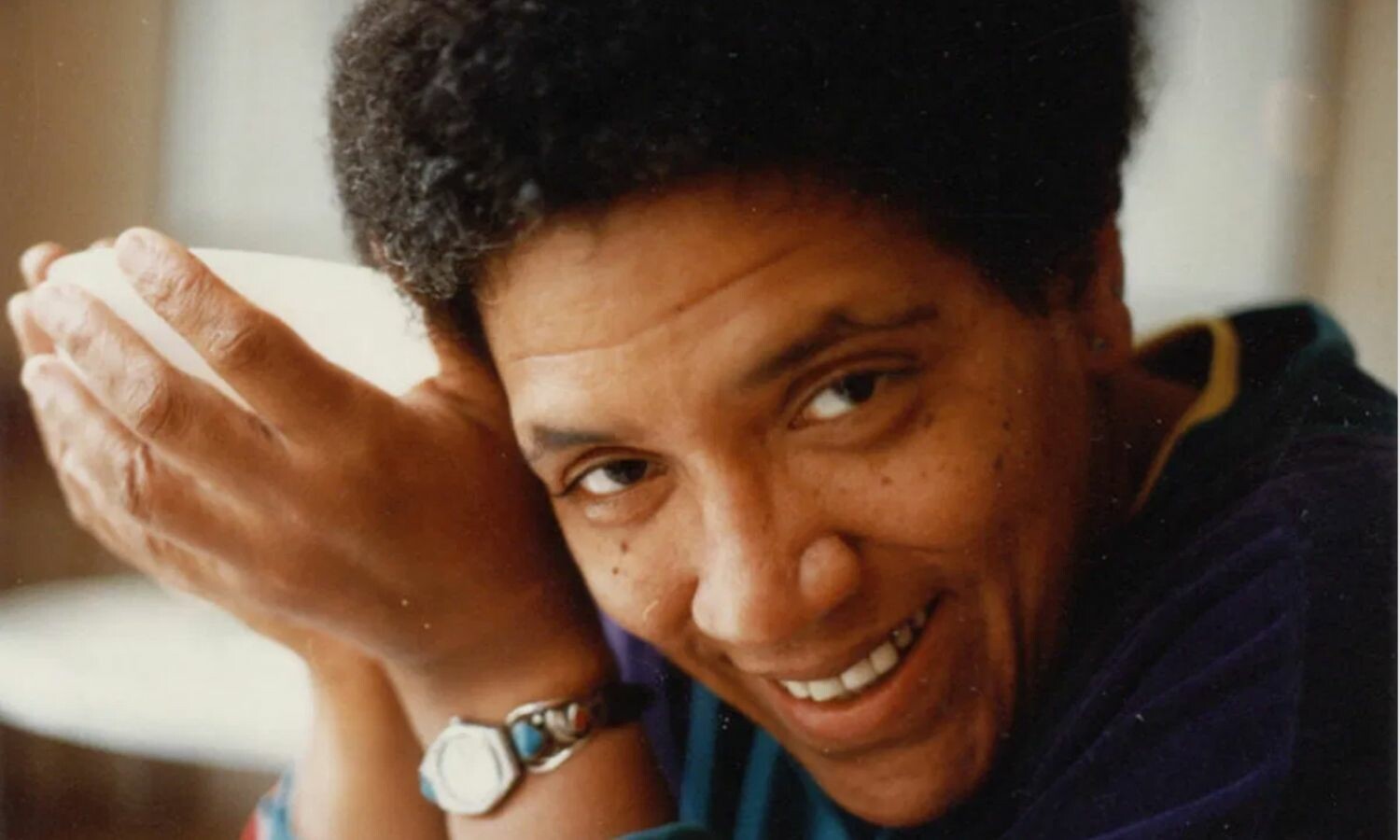
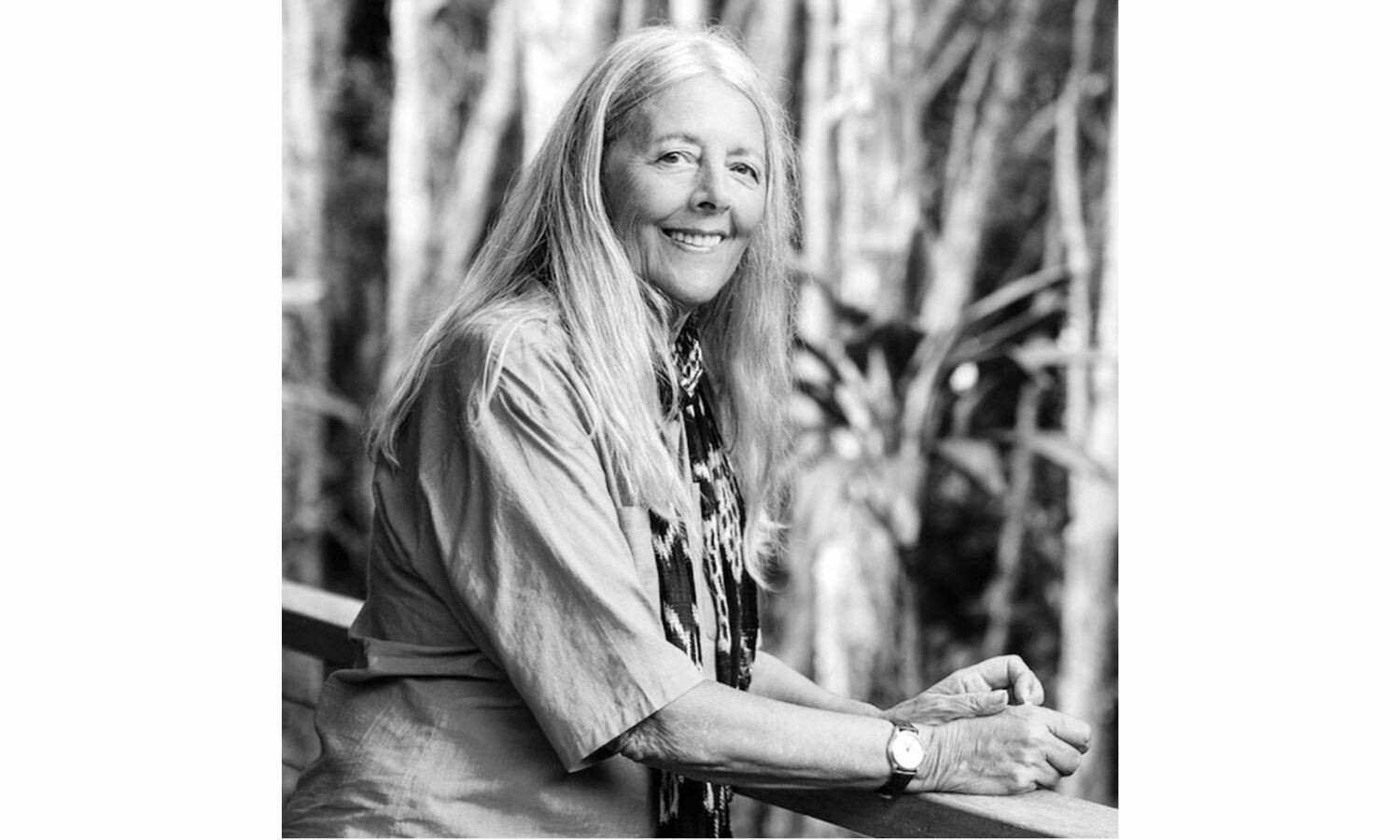
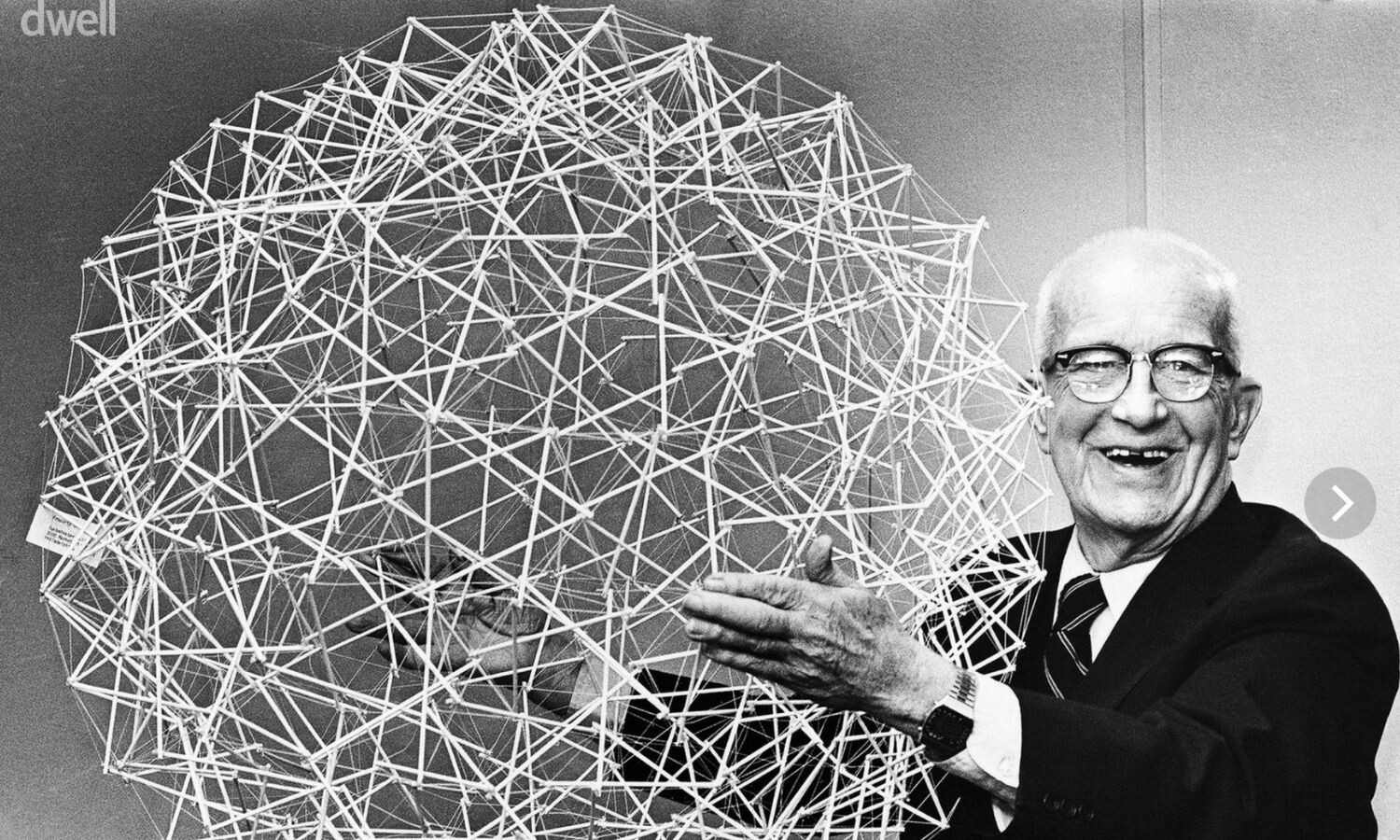

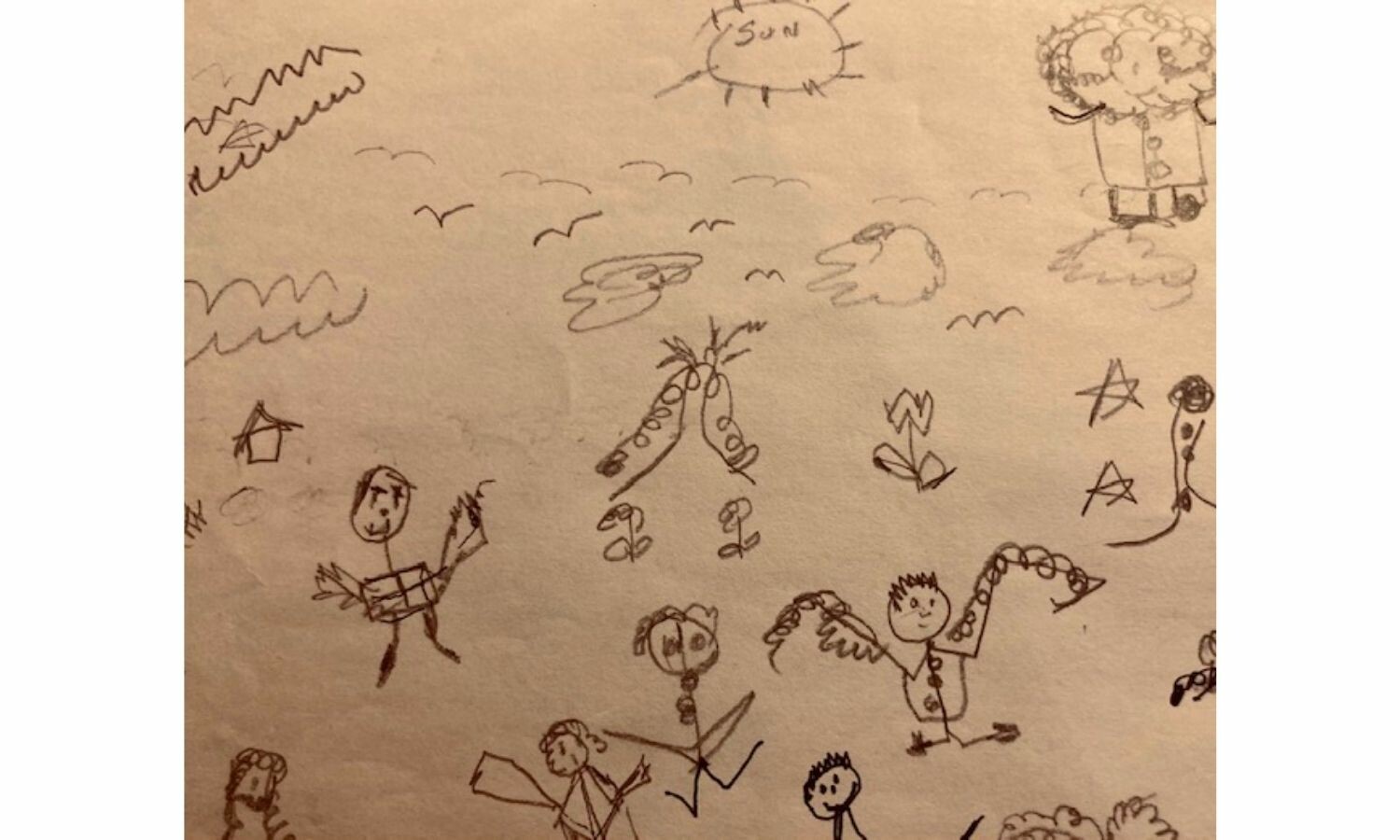

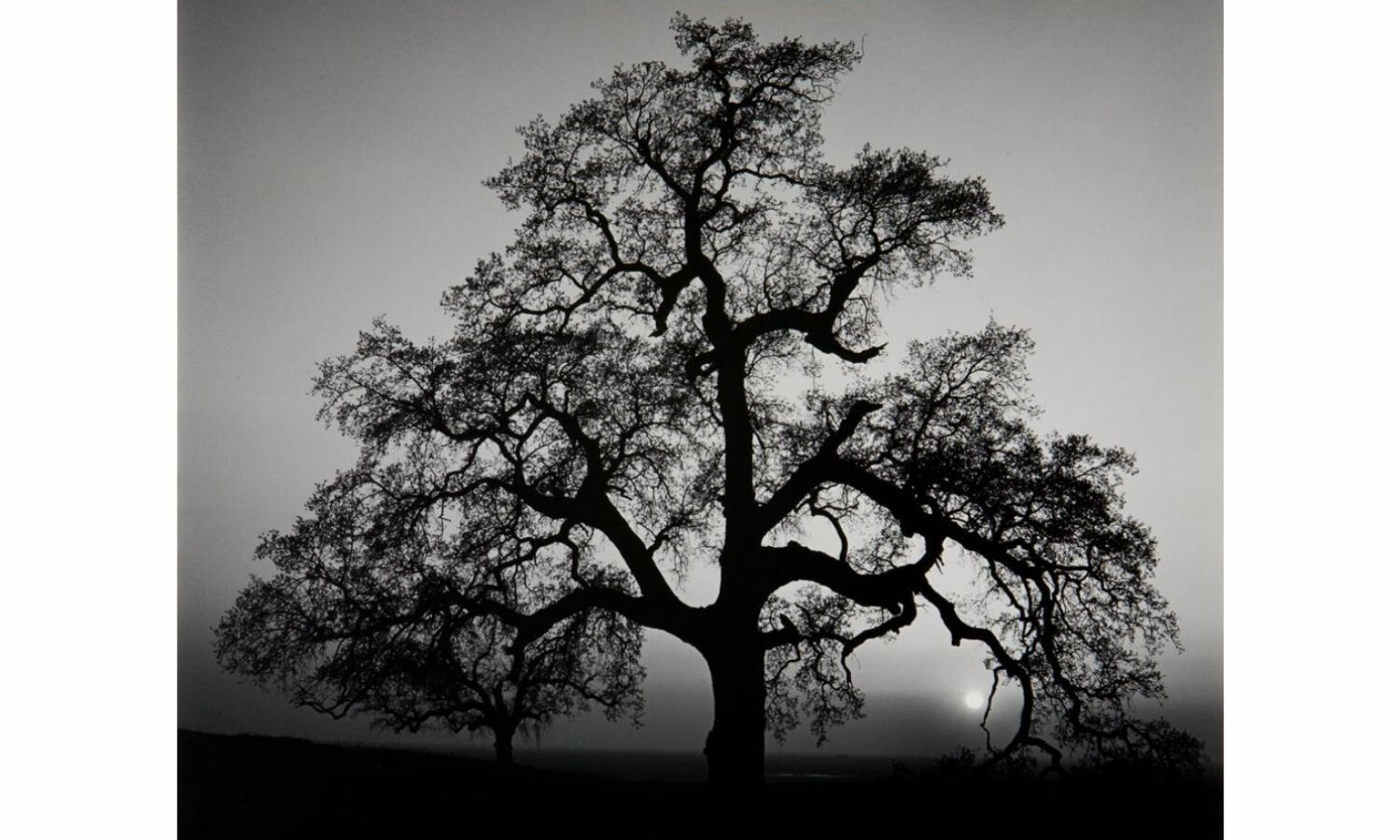



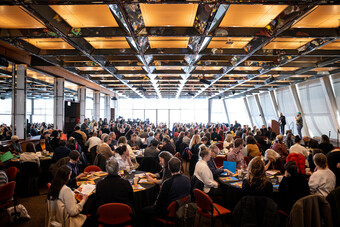

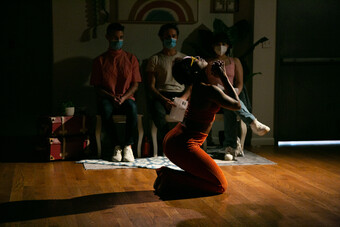

Comments
The article is just the start of the conversation—we want to know what you think about this subject, too! HowlRound is a space for knowledge-sharing, and we welcome spirited, thoughtful, and on-topic dialogue. Find our full comments policy here
Thank you, Matthew. Thank you for this compassionate vision of a life/arts ecology. This is precisely the type of thinking we need right now as we emerge from this period of the pandemic. May we remember your wise words as we move forward.